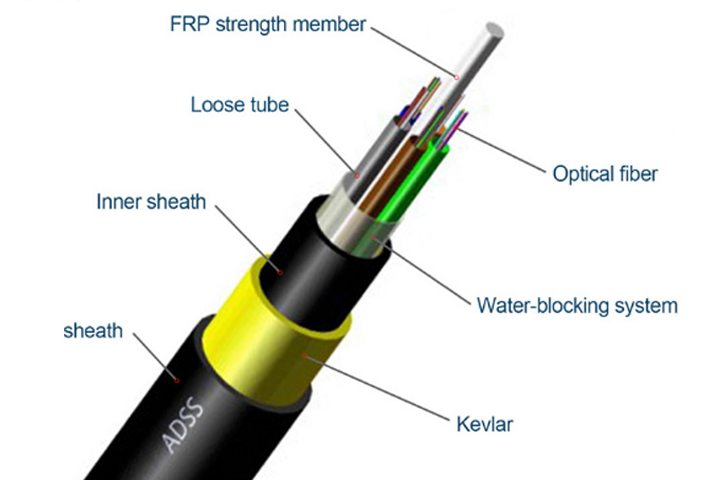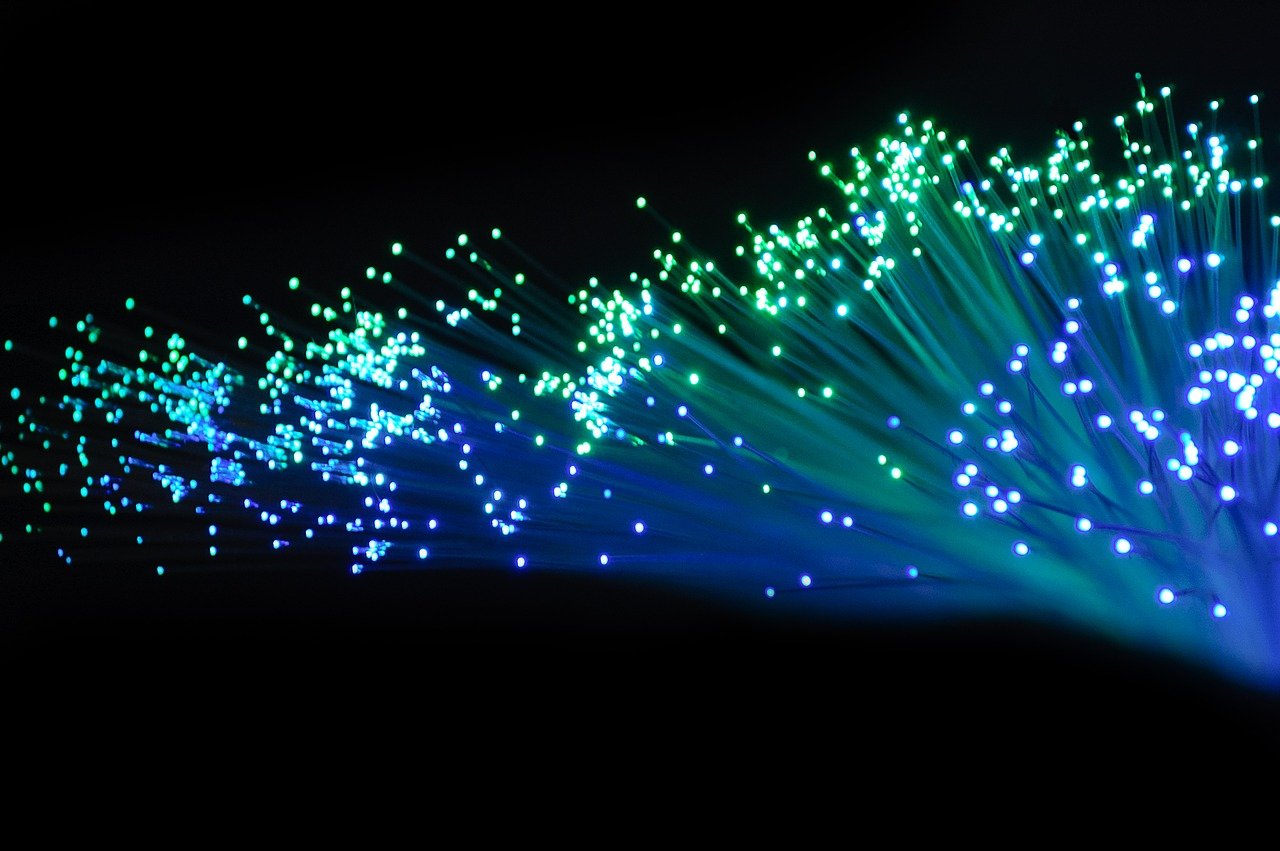Enhancing Telecommunication Infrastructure: ADSS Cable Performance Analysis

ADSS Cable Overview
Importance of ADSS Cable Performance
The success of telecommunication infrastructure heavily relies on the performance of ADSS cable. This double jacket all-dielectric self-supporting cable is designed with specific principles and installation considerations to ensure optimal functionality. One key aspect is its exceptional resistance to extreme weather conditions, which is crucial for maintaining uninterrupted connectivity. Additionally, the integration of fiber optic cables within the ADSS cable is vital for efficient data transmission and communication across the telecommunication infrastructure.
Key Points:
ADSS cable performance is critical for telecommunication infrastructure.
Design principles and installation considerations are essential for optimal performance.
Extreme weather resistance and fiber optic cable integration are key aspects of ADSS cable performance.
Performance Factors
Material Durability
When considering the performance of ADSS cable, material durability plays a significant role in ensuring its long-term functionality. The composition and strength of the materials used in the construction of the ADSS cable directly impact its overall performance. The durability of the materials determines the cable's ability to withstand environmental factors and maintain its structural integrity over time, thereby contributing to the reliability of telecommunication infrastructure.
In addition, the material durability of the ADSS cable is vital for protecting and supporting the integrated fiber optic cables. This ensures that data transmission remains efficient and uninterrupted, further emphasizing the importance of material durability in maintaining optimal performance.
Load-Bearing Capacity
The load-bearing capacity of an ADSS cable is crucial for both its installation and ongoing performance within telecommunication infrastructure. Factors such as tension, wind load, and installation scenarios can significantly affect the cable's load-bearing capacity. Understanding these factors is essential for ensuring that the ADSS cable can support its own weight as well as external forces while maintaining its integrity over time.
Proper consideration of load-bearing capacity during cable installation is fundamental to guaranteeing that it can effectively support itself and any additional loads placed upon it without compromising its performance or safety.
Installation Insights
Proper Cable Tensioning
Ensuring proper cable tensioning during the installation of ADSS is paramount for its long-term performance within telecommunication infrastructure. Adequate tensioning prevents cable sag, which can lead to signal loss and compromised connectivity. Improper tensioning may result in excessive stress on the cable, affecting its load-bearing capacity and overall structural integrity. This can ultimately impact the seamless functionality of the telecommunication network.
Proper cable tensioning also contributes to maintaining the desired alignment of the ADSS cable. It helps prevent deviations from the intended path, ensuring that the cable remains securely positioned according to installation specifications. Factors such as temperature variations and wind load should be carefully considered when determining the appropriate level of tension for optimal cable performance.
Alignment and Sag
The alignment and sag of ADSS cables are critical aspects of their installation within telecommunication infrastructure. Proper alignment ensures that the cables are positioned accurately along their designated routes, avoiding unnecessary strain or bending. Any misalignment can lead to increased stress on the cables, potentially impacting their load-bearing capacity and long-term functionality.
Sag, or the vertical distance between a cable's lowest point and a hypothetical straight line between its end supports, must be carefully managed during installation. Factors such as span length and environmental conditions influence sag levels. Maintaining appropriate sag is essential for preventing excessive stress on the cables and ensuring consistent signal transmission across the telecommunication network.
Weather Impact
Temperature Variations
Temperature variations can significantly impact the performance of ADSS cables within telecommunication infrastructure. Fluctuations in temperature can cause the cable materials to expand or contract, potentially affecting their structural integrity and load-bearing capacity. Extreme heat may lead to material fatigue, while extreme cold can increase cable stiffness, both of which can compromise the overall functionality of the ADSS cable.
To mitigate temperature-related effects on ADSS cables, specialized materials with a high degree of thermal stability are utilized in their construction. These materials are selected to minimize the impact of temperature variations on the cable's performance, ensuring consistent functionality across diverse environmental conditions. Additionally, proper installation techniques and ongoing monitoring help manage temperature-related challenges and maintain the optimal performance of ADSS cables within telecommunication infrastructure.
Wind and Ice Load
The effects of wind and ice load pose significant challenges to ADSS cable performance. Strong winds exert force on the cables, leading to potential movement and strain. Likewise, ice accumulation on the cables during freezing conditions increases their weight, impacting their load-bearing capacity and structural integrity.
Design considerations play a crucial role in enhancing an ADSS cable's resistance to wind and ice load. The selection of robust materials capable of withstanding these environmental factors is essential. Furthermore, strategic installation methods, such as appropriate tensioning and support structures, are implemented to minimize the impact of wind and ice load on ADSS cables. By integrating these design considerations, telecommunication infrastructure can effectively withstand weather-related challenges while maintaining uninterrupted connectivity.
Fiber Integration
Optical Fiber Protection
Incorporating effective methods to safeguard the optical fibers within the ADSS cable is imperative for maintaining the overall performance of the telecommunication infrastructure. The protection measures not only shield the fiber optic cables from environmental factors but also ensure uninterrupted data transmission across the network.
List
Encapsulation: Utilizing protective materials to encapsulate the optical fibers shields them from moisture and physical damage, preserving their integrity and signal transmission capabilities.
Armoring: Implementing armored layers around the fiber optic cables enhances their resistance to external pressures, such as impact and abrasion, thereby extending their lifespan within the ADSS cable.
Sheathing: Applying robust sheathing materials provides an additional layer of protection, safeguarding the optical fibers from temperature variations and chemical exposure, contributing to sustained performance.
These protective measures significantly influence the overall cable performance by mitigating potential risks that could compromise signal quality and connectivity. By integrating these methods, telecommunication infrastructure can rely on secure and efficient fiber optic cable functionality within ADSS cables.
Signal Loss Management
Efficient management of signal loss in fiber optic cables is paramount for ensuring seamless communication within telecommunication infrastructure. Strategies such as dispersion compensation and signal regeneration play a crucial role in minimizing signal degradation over extended transmission distances. Signal loss can have a direct impact on both telecommunication infrastructure and ADSS cable performance, potentially leading to reduced data transfer rates and compromised connectivity.
Implementing advanced technologies like optical amplifiers helps mitigate signal loss, thereby optimizing data transmission capabilities across the entire network. By effectively managing signal loss, telecommunication infrastructure can maintain high-speed data transfer while maximizing the performance of ADSS cables in supporting reliable communication pathways.
Optimizing ADSS Performance
To optimize ADSS cable performance within telecommunication infrastructure, it is crucial to understand the various factors that influence its functionality. Weather impact, including temperature variations and wind load, plays a significant role in enhancing the overall performance of ADSS cables. Additionally, effective fiber integration ensures the seamless transmission of data across the network, contributing to the optimal functionality of telecommunication infrastructure.
By addressing these key aspects and implementing appropriate measures, telecommunication infrastructure can rely on the consistent performance of ADSS cables, ensuring uninterrupted connectivity and efficient data transmission pathways.
See Also
Advantages of ADSS Fiber Optic Cables for Overhead Power Lines
ADSS Fiber Optic Cable vs. Alternative Cables for Long Distance Use
The Strength of ADSS Fiber Optic Termination Kits in Cable Systems


